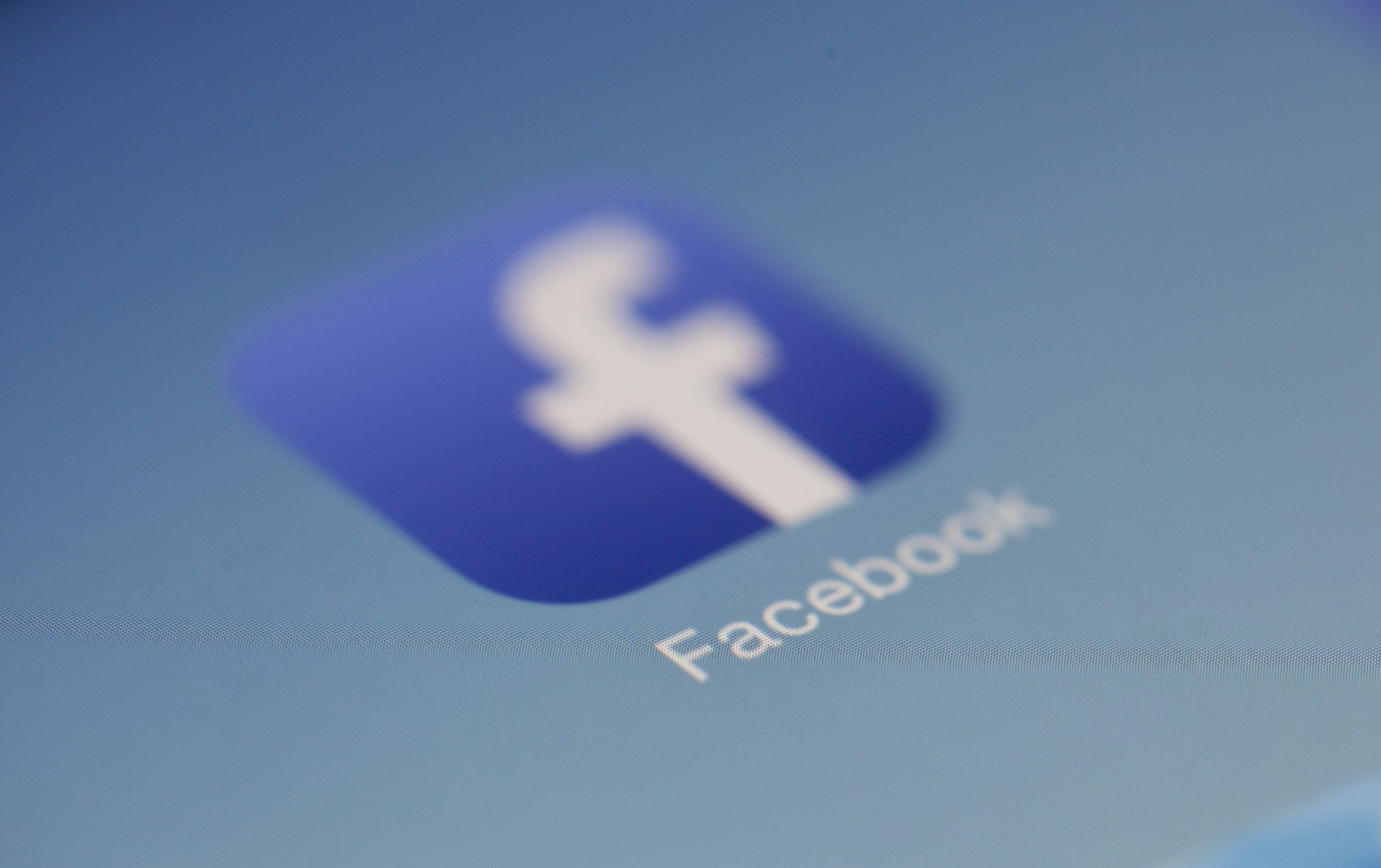Facebook advertising can be a great way to get the word out about your business. However, it can also be a dangerous way to spend money. One alternative paid advertising method is using Facebook’s audience network instead.
It has far more reach, and it’s free. The catch with this particular free ride is that not everyone likes it. There are billions of accounts on Facebook, each with its niche, and if you’re already on Facebook, you already have access to all those niches upfront, for free.
When you’re just getting started, you have many questions about how to set up and run Facebook ads. Most online guides don’t embrace trial and error as a key part of their strategy. They share the strategies that they found successful, which may or may not be effective for your business or offer. With that said, this book will show you through true stories and examples how others are failing with Facebook advertising and what they are doing to turn it around.
Experimenting with different Facebook advertising and targeting techniques will inspire you to develop a mindset of going where your client is rather than trying to generate an audience by sifting among billions of uninterested people. Your money is better spent, and you’re not frantically reloading your browser in the event of another social media outage, seeking for all the eggs you put in one basket.
Advantages and Disadvantages of Facebook Ads
There are nearly a billion active Facebook users. Small business owners have a significant edge as a result of this. Facebook advertising allows you to reach out to your target demographic from the palm of your hand. Here are some of the benefits and drawbacks of using Facebook Ads.
Advantages
Facebook Ads Give You More Options Than Google Adwords
Compared to Google Adwords, you get more character length for your ad descriptions than Facebook ads. You may also use Facebook to generate image-based adverts.
Facebook Ads are More Cost-Effective
Compared to other ad programs, you can reach your target audience at a low cost. It enables you to change your budget while communicating with individuals worldwide using their PCs, laptops, or smartphones.
Your Facebook Fan Page can be used to promote products.
This is a cost-effective strategy to stay in touch with your consumers and prospects. Most importantly, it enables you to develop your brand’s image and loyalty. You may also keep your clients up to date on new product launches and special events by updating your website.
Disadvantages
Ads don’t guarantee sales
What will Facebook users see when they visit your website or blog? Make sure you have direct call to actions to achieve the sales you need.
Dealing with Negative Content
Although social media is a fantastic way for businesses to engage with their clients, it does have a drawback. One disgruntled client is all it takes to leave a nasty comment on your Facebook page. Do you have a strategy in place? Make sure your Facebook page (and all other social media sites) is being regularly watched to gain immediate feedback and solve any issues.
The Battle of Facebook Ads
You have two alternatives for Facebook advertising: pay per impression or pay per click. Although the cost per impression is only 2 cents and the cost per click is 1 cent, this may not appear to be a significant sum; there is a catch. At ad creation, Facebook encourages marketers to bid at a higher rate. The issue with this strategy is that when the competition bids higher, it puts entrepreneurs and SMBs at a disadvantage because the biggest bidders get more visibility.
The impact on Social Media Networks regarding iOS 14 upgrades
The modifications imposed by iOS 14 have significantly impacted social media sites such as Facebook, posing issues for businesses that rely considerably on online advertising to inform customers about their products.
The impact of iOS 14 may be seen in the earnings of social media platform Snapchat, which saw its parent company Snap’s stock drop by 25% in October 2021 after the business disclosed missing its earnings forecasts due to iOS 14 modifications (despite reaching $1 billion in revenue for the first time).
Since iOS 14, brands that advertise on Facebook have noticed that it has become more expensive, and many are already shifting their marketing approach and diverting their previously allocated Facebook ad cash elsewhere:
“Previously, a substantial percentage of SDC’s marketing budget was spent on Facebook advertising, which had a high conversion rate into sales. Now, at least some of those dollars are being spent elsewhere by the corporation.”
Advertisers who continue to spend money on Facebook advertising face inadequate data, dwindling audiences, higher CPMs, and more hoops to pass through, such as Aggregated Event Measurement, domain verification, and shorter attribution windows.
Targeting, reporting, and optimization are the three main reasons why Facebook ad performance has plummeted since iOS 14
Facebook says it’s working on a solution and is “optimistic” about the situation. It appears to be focusing on solutions that will improve data security by requiring less personal data to be processed. However, it does admit that developing this new technology will “take some time.”
Meanwhile, it may lose more advertisers due to the added red tape and expenditures — and those advertisers may find that once they get out of the ‘last click attribution trap,’ they never look back.
Instead of paying for ads that they have no proof are generating them any new business, companies can develop whole customer lifecycle advertising campaigns that produce industry-beating incremental outcomes, resulting in more new customers, sales, and customer lifetime value.
Even if Facebook can solve the iOS 14 issues, they may no longer want to return.



